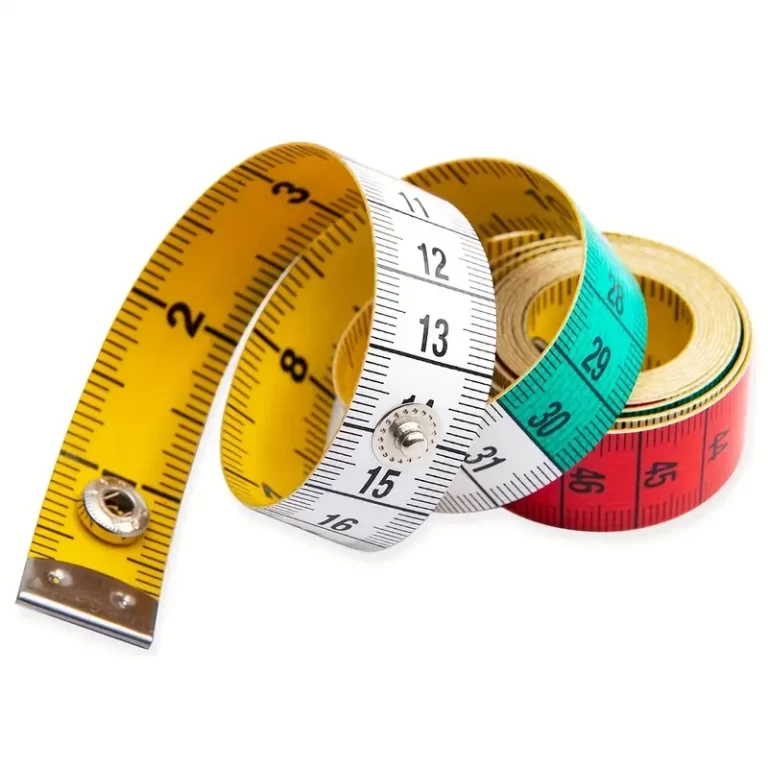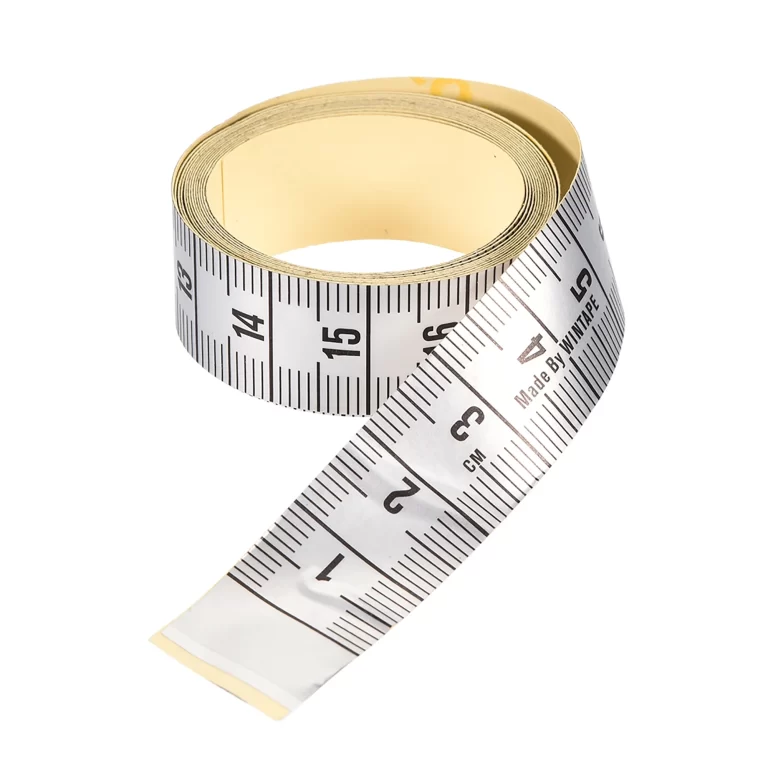
Plumbers Wrench: A Guide to Essential Plumbing Tools
What is a Plumbers Wrench?
A plumbers wrench is an essential tool for plumbing tasks. It helps grip, tighten, or loosen pipes and fittings.
Definition and Purpose of a Plumbers Wrench
A plumbers wrench is a hand tool designed for plumbing projects. Its primary purpose is to securely grip round objects like pipes or fittings. The wrench provides strong leverage, enabling users to turn or hold pipes without slipping. Plumbers wrenches have adjustable jaws, allowing them to accommodate various pipe sizes. Their sturdy design makes them ideal for working on metal plumbing systems.
Historical Evolution of Plumbers Wrenches
The plumbers wrench has evolved over time to meet industry needs. Early designs were simple and focused on basic functionality. As plumbing systems advanced, new versions with improved adjustability and grip emerged. In the 19th century, the invention of the pipe wrench revolutionized plumbing tools. It provided a stronger grip through serrated jaws. Modern plumbers wrenches now incorporate durable materials like steel and ergonomic designs for better handling. These advancements have made plumbing tasks more efficient and reliable.
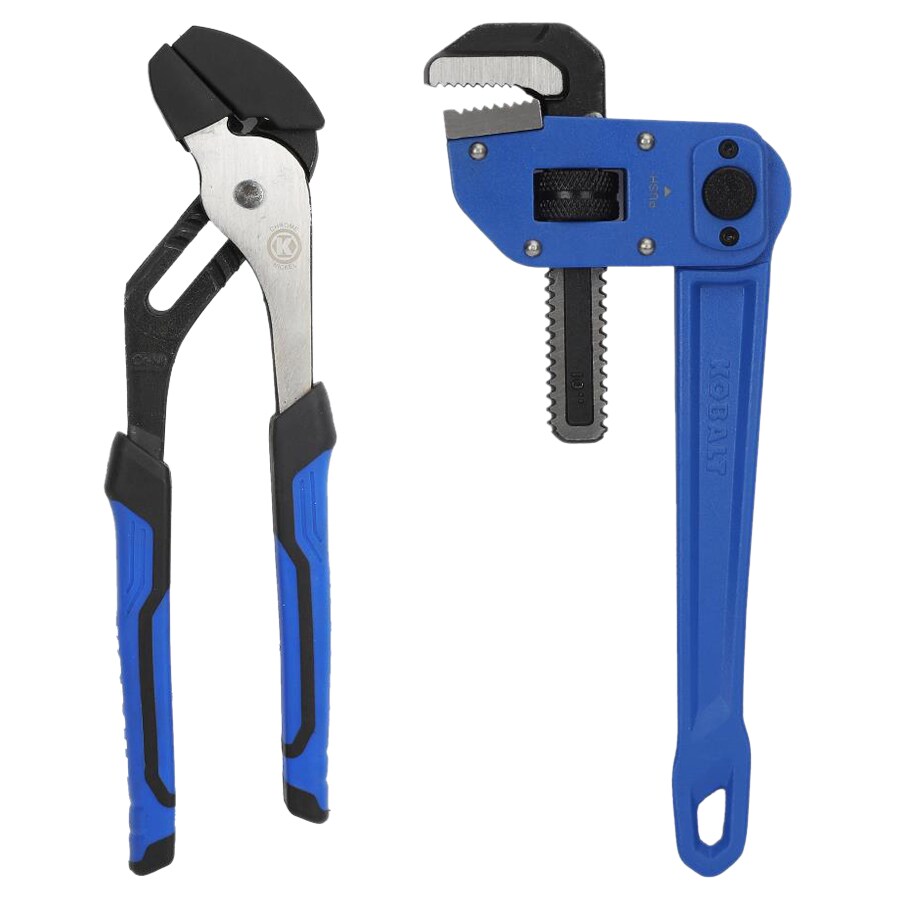 Types of Plumbers Wrenches
Types of Plumbers Wrenches
Plumbers use a variety of wrenches for different tasks. Each type has specific features and purposes. Here are the primary types of plumbers wrenches:
Pipe Wrenches
Pipe wrenches are classic plumbing tools. They are designed for gripping and turning pipes. The jaws feature serrated teeth for a strong grip. Pipe wrenches are adjustable to fit various pipe sizes. They are ideal for metal pipes, providing excellent leverage. These tools are common in heavy-duty plumbing work.
Basin Wrenches
Basin wrenches are specific for working in tight spaces. They have a long handle and pivoting head. This design helps in accessing nuts beneath sinks and basins. Basin wrenches work well for tightening or loosening faucet connections. Their compact form makes them indispensable for bathroom or kitchen plumbing tasks.
Adjustable Wrenches
Adjustable wrenches are versatile and practical. They come with a movable jaw to fit different fastener sizes. These wrenches are not limited to plumbing but are useful for plumbing nuts and fittings. They are ideal for light to medium plumbing work, offering flexibility and ease of use.
Chain Wrenches
Chain wrenches are perfect for gripping irregularly shaped pipes. They feature a chain that wraps around the pipe. This tool is effective for larger or smooth-surfaced pipes where other wrenches might slip. Its strong grip ensures a secure hold, making it suitable for demanding plumbing tasks.
Different plumbers wrenches serve specific purposes. Choosing the right type ensures efficiency and proper handling during plumbing repairs.
Key Features
Plumbers wrenches come with unique features that make them essential for plumbing tasks. Understanding these features ensures better performance and efficiency.
Grip and Adjustability
The grip of a plumbers wrench is crucial. It allows you to hold pipes securely while working. Most wrenches have serrated jaws that offer a strong, non-slip grip. Adjustable jaws are another key feature. They can be adjusted to fit pipes of various sizes. This flexibility makes plumbers wrenches suitable for diverse plumbing needs.
Durability and Material
Durability is vital for plumbing tools like wrenches. Most plumbers wrenches are made using steel or alloy materials. These materials ensure the wrench can handle high pressure and resist wear. Look for wrenches with rust-resistant coating for longer usability. A durable wrench reduces replacements and improves reliability during heavy-duty plumbing work.
Specialized Designs for Plumbing Tasks
Some plumbers wrenches are designed for specific plumbing challenges. Basin wrenches, for example, are compact and built for tight spaces. Chain wrenches are specialized for gripping irregular pipes. These designs make certain plumbing jobs manageable. Choosing a wrench designed for your task increases work efficiency and simplifies complex repairs.
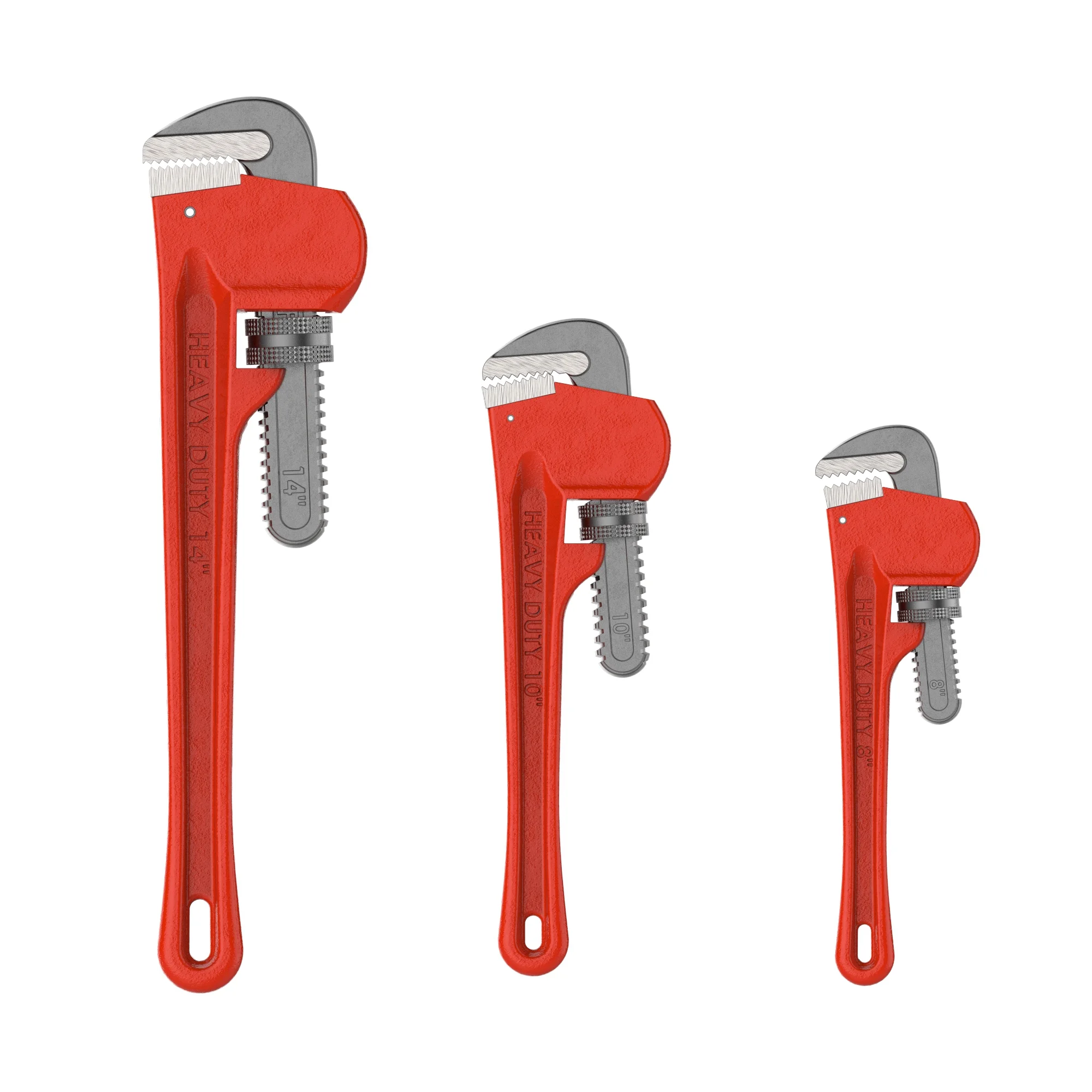 How to Choose the Right Wrench
How to Choose the Right Wrench
Selecting the right plumbers wrench is important for effective and safe plumbing work. It ensures you handle your tasks efficiently while avoiding damage to pipes or fittings.
Consider the Plumbing Project Type
The type of plumbing project determines the wrench you need. For tasks involving metal pipes, like tightening or loosening, a pipe wrench works best. If you’re working in cramped spots under a sink or basin, a basin wrench is ideal. For light adjustments on nuts and fittings, an adjustable wrench provides good flexibility. Larger pipes or smooth surfaces may require a chain wrench for secure gripping. Consider the project type carefully to match the wrench to your needs.
Determining the Correct Size and Model
The size and model of the plumbers wrench are crucial. Adjustable wrenches cater to a variety of pipe sizes, while fixed wrenches offer specific fits. For general plumbing projects, adjustable wrenches deliver versatility. For unique challenges, such as large or irregular pipes, opt for specialized models like chain or basin wrenches. Always measure or estimate pipe sizes beforehand to ensure you choose the right size wrench. Testing the model before purchase can help verify whether it meets your project requirements.
Budget Considerations
Budget plays a role in your decision. High-end wrenches may offer superior durability and features but can be costly. Focus on quality when selecting within your price range. Avoid overly cheap options as they may wear out quickly. When choosing a plumbers wrench, consider its material and reviews. Buy from reputable brands to ensure reliability. Investing wisely in durable wrenches saves money in the long term and enhances project efficiency.
Proper Use and Techniques
Using a plumbers wrench correctly ensures safety and avoids damage to pipes or fittings. Follow these guidelines to enhance your efficiency while minimizing risks.
Steps to Use a Plumbers Wrench Safely and Effectively
- Select the Right Wrench: Choose a plumbers wrench that suits your specific plumbing task and pipe size.
- Inspect the Wrench: Check the tool for any wear or damage before use to ensure safety.
- Adjust the Jaws Properly: Open the jaws to fit snugly around the pipe or fitting. Ensure the grip is firm.
- Secure the Wrench on the Pipe: Position the wrench at a suitable angle for maximum leverage without over-tightening.
- Apply Controlled Force: Turn the wrench with steady pressure. Avoid using excessive force that can damage the pipe.
- Work in Short Movements: Use small, controlled movements to loosen or tighten. This prevents losing grip or damaging connections.
- Monitor During Use: Keep an eye on alignment to avoid slipping or causing unwanted stress on fittings.
- Release Gently: Once done, softly release the jaws to prevent abrupt movements.
Common Mistakes to Avoid
- Using the Wrong Wrench Type: Do not use a basin wrench for large or irregular pipes. Use the suitable tool.
- Over-Tightening: Avoid applying too much force as it can damage the pipe threads or fittings.
- Neglecting Tool Maintenance: A poorly maintained wrench can slip or fail, posing safety risks.
- Ignoring Proper Grip: Ensure the jaws are securely tightened around the pipe to prevent slipping or injury.
- Skipping Size Adjustments: Using an improper wrench size can lead to inefficiency or damage. Adjust jaws carefully.
- Forgetting Safety Gloves: Always wear gloves to protect your hands from sharp edges or high pressure.
- Overextending Leverage: Don’t extend the handle with another tool or bar to increase force. This can break the wrench.
Following these steps and avoiding common mistakes ensures your plumbers wrench works efficiently, safely, and effectively.
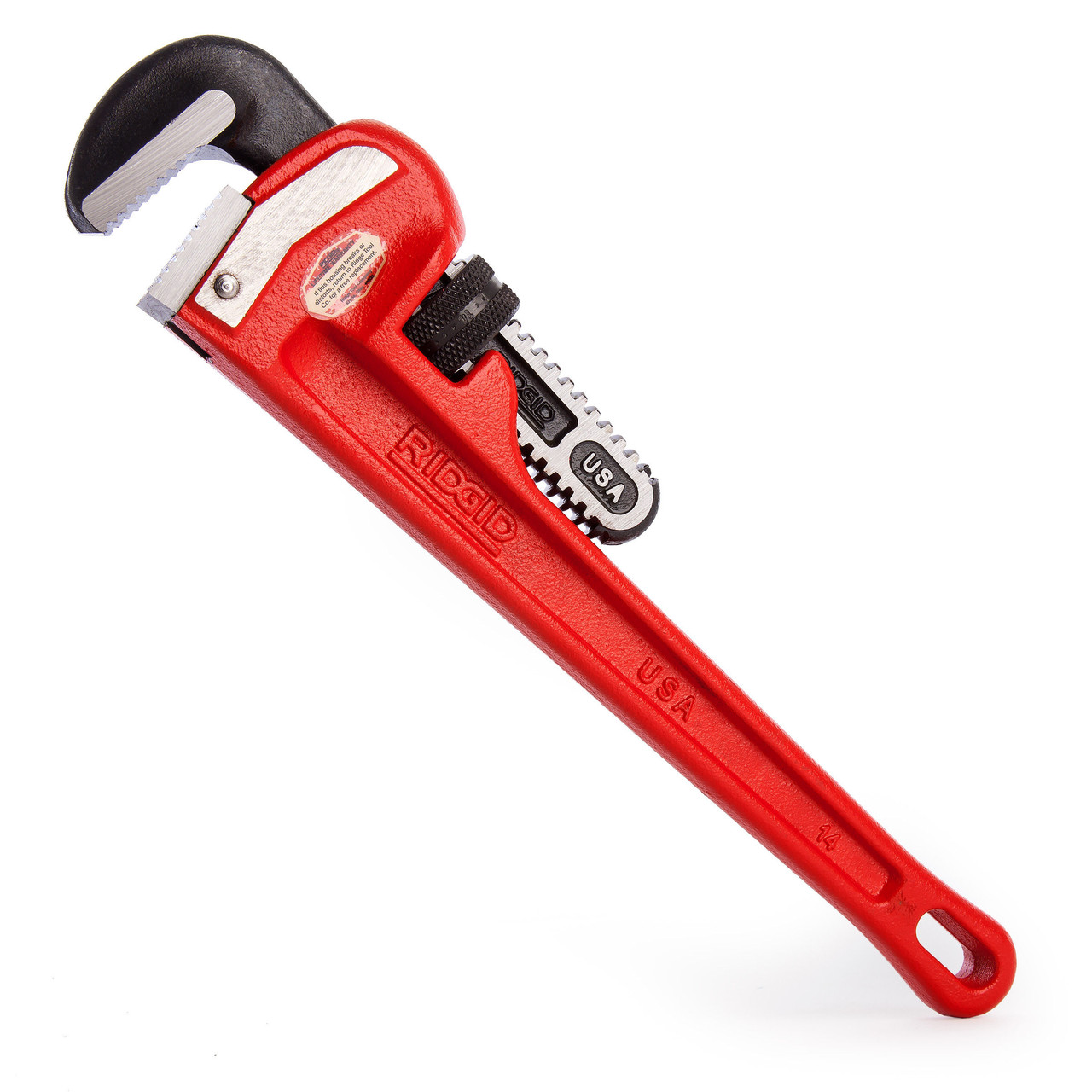 Maintenance and Care Tips
Maintenance and Care Tips
Proper maintenance of your plumbers wrench ensures it lasts longer and performs reliably. Regular care minimizes wear and prevents rust.
Cleaning and Storage Guidelines
- Clean After Each Use: Wipe the wrench with a dry or damp cloth to remove dirt and grease.
- Use a Mild Cleaning Solution: For stubborn grime, use soap or a mild solvent. Avoid harsh chemicals.
- Dry Thoroughly: Ensure the wrench is completely dry after cleaning to prevent rust formation.
- Lubricate Movable Parts: Apply a few drops of machine oil to the jaws and adjustment mechanisms for smooth operation.
- Store Properly: Keep the wrench in a dry, cool area. Use a toolbox or hang it on a pegboard.
- Avoid Frequent Surface Contact: Do not leave the wrench lying on damp surfaces, which may cause corrosion.
Inspecting for Wear and Tear
- Check Jaws for Damage: Look for worn or misaligned teeth to ensure a firm grip.
- Test Adjustability: Adjust the wrench several times to confirm the mechanism works smoothly and easily.
- Inspect for Rust: Examine the surface for rust spots or discoloration. Treat rust immediately with rust remover.
- Ensure Handle Integrity: Check the handle for cracks or bending. Replace the wrench if damaged.
- Look for Loose Parts: Tighten any loose bolts or components to maintain optimal performance.
- Perform Regular Maintenance: Schedule monthly inspections if the tool is used frequently.
Caring for your plumbers wrench keeps it functional, safe, and ready for your next plumbing repair.
Alternatives and Complementary Tools
Plumbing tasks often require more than just a plumbers wrench. Having the right tools can simplify the job and ensure better results.
Other Plumbing Tools You Might Need
- Pipe Cutter: Ideal for cutting pipes cleanly and accurately.
- Plumber’s Tape: Seals threaded joints to prevent leaks in connections.
- Faucet Wrench: Handy for removing or installing faucet fittings in restricted spaces.
- Plunger: Resolves clogs in toilets, sinks, and drains effectively.
- Pipe Threader: Cuts threads into pipe ends for joining with fittings.
- Plumbing Snake: Clears blockages deep inside pipes and drains.
- Hacksaw: Useful for cutting metal or plastic pipes.
- Caulking Gun: Applies sealant to joints and openings.
These tools complement a plumbers wrench and are useful for various specific needs. Consider adding them to your toolkit for versatile plumbing solutions.
When to Use a Plumbers Wrench vs. Other Tools
- Gripping or Turning Pipes: Use a plumbers wrench to securely grip and turn pipes.
- Tightening or Loosening Fittings: Preferred for fittings that require secure handling.
- Cutting Pipes: Opt for a pipe cutter or hacksaw instead of a wrench.
- Clearing Blockages: Use a plumbing snake or plunger instead.
- Sealing Joints: Apply plumber’s tape or a caulking gun for sealing purposes.
- Precision Tasks: Use specialized tools like a faucet wrench for delicate operations.
Understanding when to use a plumbers wrench saves time and work effort. Pair it with the right tools to complete plumbing projects effectively.
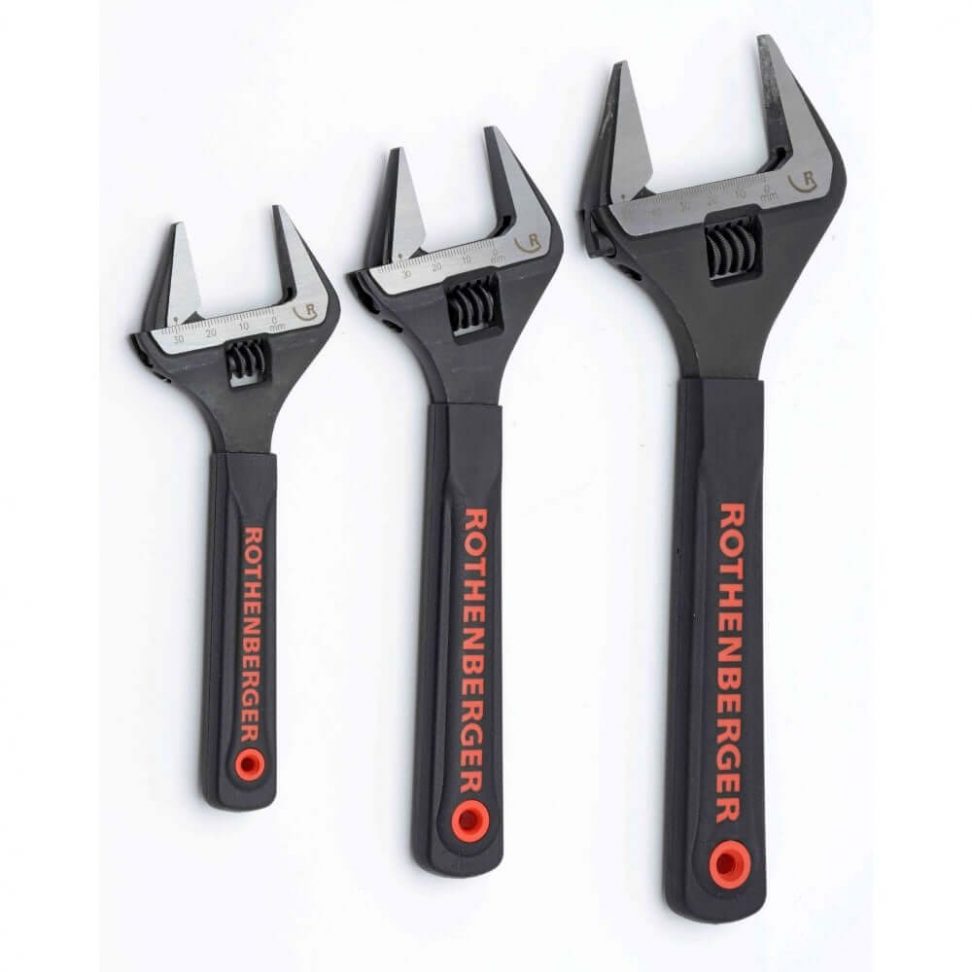 Where to Buy the Best Wrenches
Where to Buy the Best Wrenches
When looking for a plumbers wrench, buying from trusted sources ensures quality and durability. You can choose to shop from renowned brands or online platforms depending on your convenience. Selecting a reliable retailer helps avoid counterfeit tools and ensures value for money.
Popular Brands and Retailers
- RIDGID: Known for high-quality tools, RIDGID offers durable plumbers wrenches for professionals and DIY users.
- Crescent: Crescent wrenches are versatile and perfect for both light and heavy plumbing tasks.
- Channellock: Channellock produces reliable chain and adjustable wrenches for various plumbing needs.
- Milwaukee: Milwaukee wrenches are ergonomic and designed for demanding plumbing jobs.
- Home Depot: This retailer stocks a variety of plumbers wrenches to meet different project requirements.
- Lowe’s: Lowe’s ensures accessibility to reliable plumbing tools from top brands.
- Specialty Plumbing Stores: These stores often carry niche tools for specific, professional plumbing needs.
Combine these trusted brands and retailers for a wide selection of reliable plumbers wrenches.
Tips for Online Purchases
- Check Reviews and Ratings: Read customer reviews to evaluate the tool’s quality and performance.
- Compare Prices: Explore multiple sites to find competitive pricing and potential discounts.
- Verify Wrench Specifications: Ensure the wrench specifications match your plumbing project’s requirements.
- Choose Trusted Platforms: Buy from reputable sites like Amazon or manufacturer websites to guarantee authenticity.
- Inspect Return Policies: Opt for retailers with clear return or exchange policies in case of defects.
- Look for Warranty: Choose wrenches with manufacturer warranties for added protection.
Shopping wisely ensures you get the best plumbers wrench suitable for long-term use.
 Conclusion
Conclusion
In summary, a plumbers wrench is a fundamental tool that every homeowner and professional plumber should possess. By understanding the different types of wrenches, selecting the right ones for your specific needs, and maintaining them properly, you can enhance your plumbing efficiency and effectiveness. Whether you’re dealing with simple repairs or complex installations, the right wrench can make all the difference, ensuring that your plumbing tasks are completed with precision and ease. Embrace the knowledge and tips provided in this guide to make informed decisions about your plumbing tools, and enjoy the confidence that comes with being well-equipped for any plumbing challenge.
